Home>Gardening & Outdoor>Outdoor Entertaining>What Is The Best Material For A Fire Pit
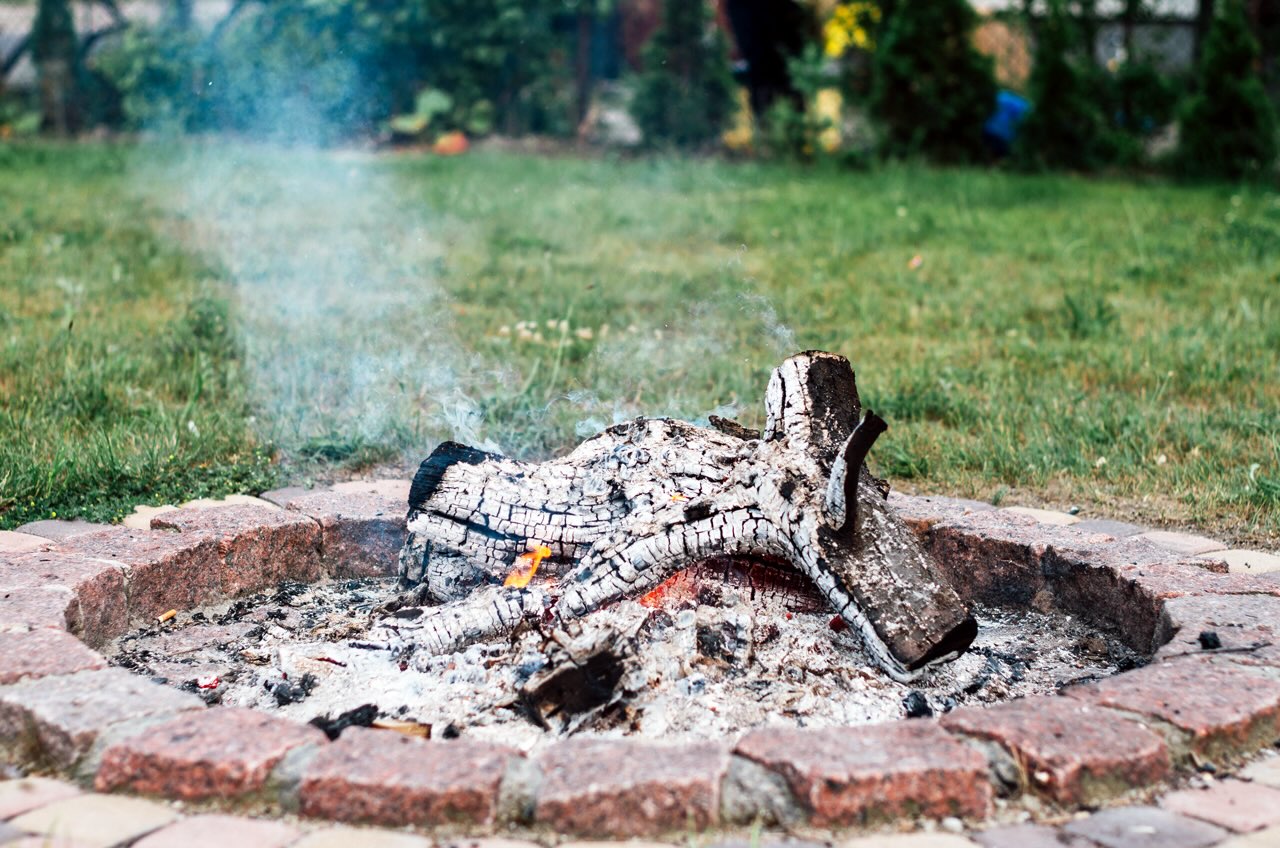

Outdoor Entertaining
What Is The Best Material For A Fire Pit
Modified: January 14, 2024
Discover the best material for a fire pit to enhance your outdoor entertaining space. Explore durable and stylish options for your outdoor gatherings.
(Many of the links in this article redirect to a specific reviewed product. Your purchase of these products through affiliate links helps to generate commission for Storables.com, at no extra cost. Learn more)
Introduction
Introduction
When it comes to outdoor entertaining, few things can rival the cozy ambiance and warmth of a crackling fire pit. Whether you're roasting marshmallows with loved ones or simply basking in the mesmerizing glow, a fire pit can elevate any outdoor gathering. However, choosing the right material for your fire pit is crucial for both functionality and aesthetics. With a myriad of options available, each boasting unique characteristics and benefits, it's essential to understand the various materials before making a decision.
In this comprehensive guide, we'll explore the factors to consider when selecting fire pit materials, delve into the most popular options on the market, and provide a comparative analysis to help you make an informed choice. Whether you prioritize durability, visual appeal, or ease of maintenance, this article will equip you with the knowledge needed to select the best material for your fire pit. So, let's dive into the fascinating world of fire pit materials and discover which one best suits your outdoor space and lifestyle.
Factors to Consider When Choosing Fire Pit Materials
Key Takeaways:
- Choose a fire pit material based on durability, aesthetics, maintenance, and heat conductivity to create the perfect outdoor gathering spot that suits your style and practical needs.
- Steel, stone, cast iron, and other materials offer unique benefits for your fire pit, enhancing the ambiance and creating lasting memories for gatherings and relaxation.
Read more: What Is The Best Fire Pit
Factors to Consider When Choosing Fire Pit Materials
When embarking on the journey to select the ideal material for your fire pit, several crucial factors warrant consideration. Each material possesses distinct characteristics that can significantly impact the performance, longevity, and visual allure of your fire feature. By carefully evaluating these factors, you can make an informed decision tailored to your specific preferences and requirements.
- Durability: One of the primary considerations when choosing a fire pit material is durability. The material should be able to withstand the high heat produced by the fire and endure exposure to the elements without deteriorating over time. Additionally, it should resist corrosion and maintain its structural integrity for years to come.
- Aesthetics: The visual appeal of the fire pit material is another crucial aspect to contemplate. Whether you prefer the rustic charm of natural stone, the modern elegance of stainless steel, or the industrial look of corten steel, the material should complement your outdoor space and align with your stylistic preferences.
- Maintenance: Consider the level of maintenance required for the material. Some materials may demand regular cleaning, sealing, or protective coatings to preserve their appearance and performance, while others may offer hassle-free maintenance.
- Heat Conductivity: The ability of the material to conduct and radiate heat is an essential factor. While some materials efficiently retain and emanate heat, others may struggle to distribute warmth evenly, impacting the overall enjoyment of the fire pit.
- Cost: Cost considerations are pivotal in the decision-making process. The material chosen should align with your budget while offering the desired level of quality and longevity.
- Environmental Impact: For eco-conscious individuals, assessing the environmental impact of the material is crucial. Opting for sustainable, eco-friendly materials or those with minimal carbon footprint can contribute to a greener outdoor living space.
- Customization: If you envision incorporating intricate designs, patterns, or personalized touches into your fire pit, consider the material’s suitability for customization and intricate detailing.
By thoroughly evaluating these factors, you can narrow down the myriad of options and pinpoint the fire pit material that best aligns with your lifestyle, aesthetic preferences, and practical needs.
Popular Fire Pit Materials
Popular Fire Pit Materials
When it comes to fire pit materials, an array of options exists, each offering unique characteristics and visual appeal. From traditional stone to sleek stainless steel, the choice of material can significantly influence the overall ambiance and functionality of your fire feature. Let’s explore some of the most popular materials used for fire pits:
- Steel: Renowned for its modern aesthetic and exceptional durability, steel fire pits are a popular choice for contemporary outdoor spaces. Whether opting for stainless steel for a polished look or corten steel for a striking rusted appearance, steel fire pits offer longevity and a sleek, industrial vibe.
- Stone: Natural stone, such as limestone, granite, or sandstone, exudes timeless charm and rustic elegance. Stone fire pits seamlessly blend with various outdoor settings, adding a touch of organic beauty and earthy appeal to the environment.
- Cast Iron: Known for its resilience and classic allure, cast iron fire pits are revered for their ability to withstand high temperatures and resist corrosion. These durable fire pits often feature intricate designs and ornate detailing, adding a touch of vintage sophistication to outdoor spaces.
- Brick: Brick fire pits offer a traditional, inviting ambiance, making them a beloved choice for cozy gatherings. The warm, earthy tones of brick, coupled with its heat-retaining properties, create a welcoming focal point for outdoor entertainment.
- Copper: Coveted for its radiant, lustrous appearance, copper fire pits develop a captivating patina over time, adding to their allure. These elegant fire pits bring a touch of luxury and visual warmth to outdoor settings, making them a popular choice for discerning homeowners.
- Concrete: Sleek and versatile, concrete fire pits offer a contemporary aesthetic and can be customized in various shapes, sizes, and textures. With the ability to mimic the look of natural stone or achieve a modern, minimalist design, concrete fire pits cater to diverse stylistic preferences.
Each of these materials presents distinct advantages and aesthetic qualities, allowing homeowners to select a fire pit that harmonizes with their outdoor decor and lifestyle preferences. Whether you prioritize durability, visual appeal, or a specific design aesthetic, there’s a material that perfectly aligns with your vision for the ultimate outdoor gathering spot.
Comparison of Different Fire Pit Materials
When choosing a material for a fire pit, consider durable options like steel, cast iron, or stone. These materials can withstand high heat and are less likely to crack or break over time.
Comparison of Different Fire Pit Materials
When contemplating the ideal material for your fire pit, conducting a comparative analysis can illuminate the unique attributes and suitability of each option. By evaluating key factors such as durability, aesthetics, maintenance, and heat conductivity, you can make an informed decision tailored to your specific preferences. Let’s delve into a comprehensive comparison of different fire pit materials:
Steel:
- Durability: Steel fire pits boast exceptional durability, with stainless steel offering corrosion resistance and corten steel developing a protective rusted patina for long-term resilience.
- Aesthetics: Steel fire pits exude a modern, industrial charm, with options for a sleek polished finish or a weathered, rustic appearance.
- Maintenance: Stainless steel requires minimal maintenance, while corten steel develops a natural protective layer, reducing the need for extensive upkeep.
- Heat Conductivity: Steel efficiently conducts and radiates heat, ensuring a cozy and inviting ambiance.
Stone:
- Durability: Natural stone fire pits offer enduring strength and resilience, with options such as granite and limestone standing the test of time in various climates.
- Aesthetics: Stone fire pits exude timeless elegance and organic beauty, seamlessly integrating with outdoor landscapes.
- Maintenance: While requiring periodic sealing and cleaning, stone fire pits offer a low-maintenance option for homeowners seeking a classic, rustic appeal.
- Heat Conductivity: Stone effectively retains and emanates heat, creating a warm and inviting atmosphere for gatherings.
Cast Iron:
- Durability: Cast iron fire pits are renowned for their robustness and ability to withstand high temperatures, making them a durable choice for outdoor use.
- Aesthetics: With intricate designs and ornate detailing, cast iron fire pits exude vintage sophistication and timeless charm.
- Maintenance: Regular maintenance, including rust prevention and reapplication of protective coatings, is essential to preserve the appearance and longevity of cast iron fire pits.
- Heat Conductivity: Cast iron efficiently retains and disperses heat, ensuring a cozy and inviting ambiance for gatherings.
By evaluating the unique attributes of each material, you can discern the most suitable option for your outdoor space, whether you prioritize durability, visual appeal, or low-maintenance functionality. Each material brings its own character and charm to the fire pit, enhancing the outdoor ambiance and creating lasting memories for gatherings and relaxation.
Conclusion
Conclusion
Choosing the best material for your fire pit is a decision that encompasses both practical functionality and aesthetic allure. As you navigate the myriad of options available, considering factors such as durability, aesthetics, maintenance, heat conductivity, cost, environmental impact, and customization potential will guide you towards the material that aligns seamlessly with your outdoor entertaining needs and personal style.
Whether you opt for the sleek modernity of steel, the timeless charm of stone, the vintage allure of cast iron, or the luxury of copper, each material offers unique benefits that can enhance your outdoor space. The durability of the material ensures that your fire pit withstands the rigors of frequent use and varying weather conditions, while its aesthetic appeal contributes to the overall ambiance and visual impact of your outdoor setting.
Furthermore, the comparative analysis of different fire pit materials sheds light on the distinctive qualities and considerations associated with each option. By weighing factors such as durability, aesthetics, maintenance, and heat conductivity, you can make an informed decision that aligns with your preferences and lifestyle.
Ultimately, the chosen material should not only complement your outdoor decor but also create a welcoming focal point for gatherings, fostering warmth, relaxation, and cherished moments with family and friends. Whether it’s the crackling of the flames, the captivating glow, or the enchanting ambiance, your fire pit material of choice plays a pivotal role in shaping unforgettable outdoor experiences.
So, as you embark on the journey to select the perfect material for your fire pit, consider the unique blend of functionality, style, and enduring appeal that each option offers. With the right material, your fire pit will become the heart of your outdoor oasis, igniting countless joyful memories and creating a captivating focal point for years to come.
Frequently Asked Questions about What Is The Best Material For A Fire Pit
Was this page helpful?
At Storables.com, we guarantee accurate and reliable information. Our content, validated by Expert Board Contributors, is crafted following stringent Editorial Policies. We're committed to providing you with well-researched, expert-backed insights for all your informational needs.
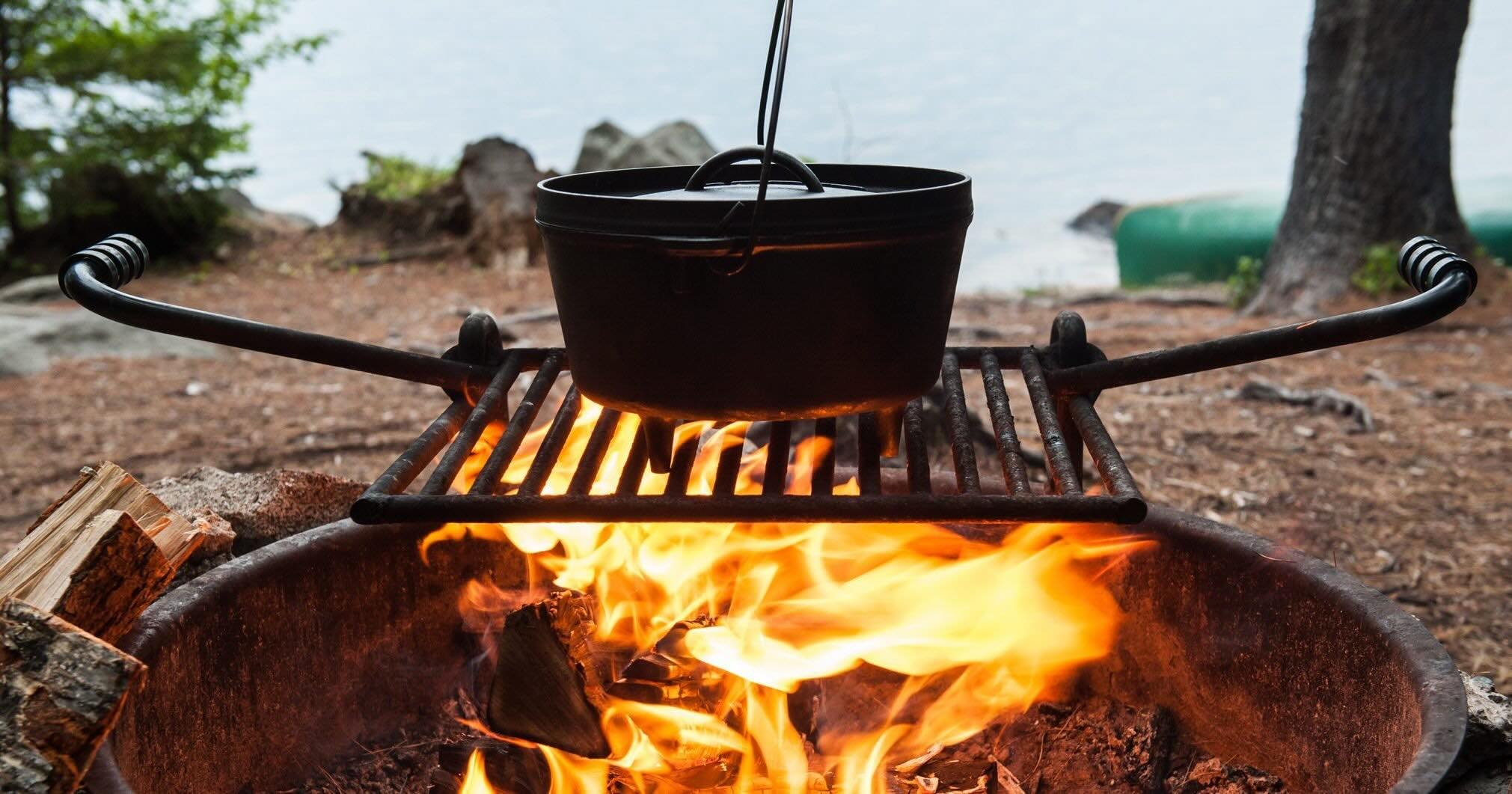
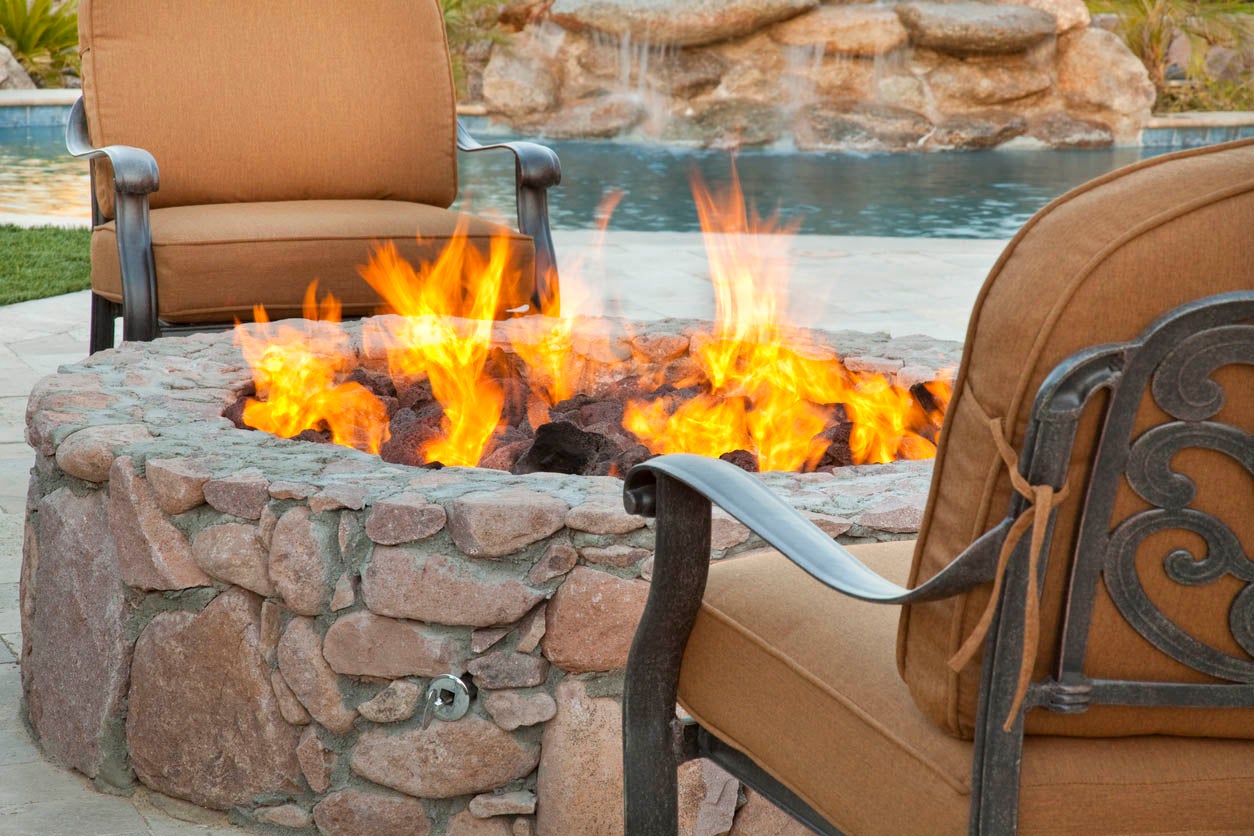
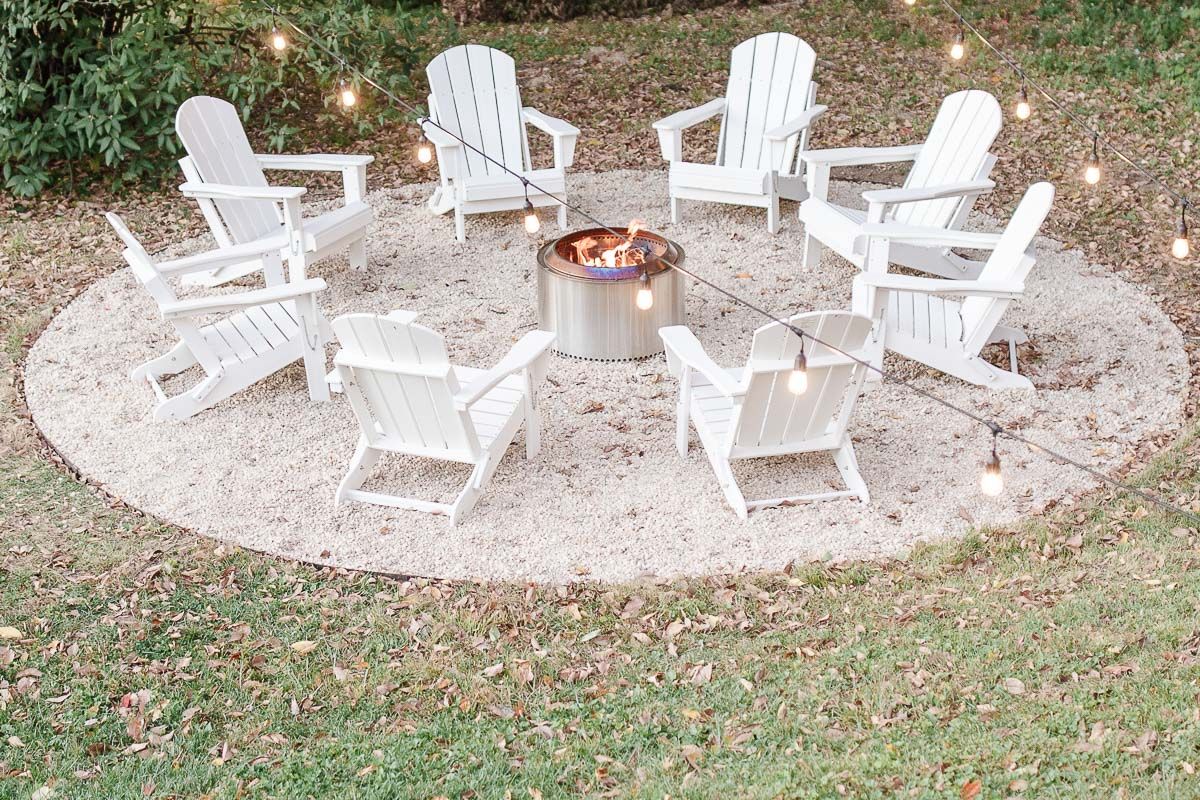
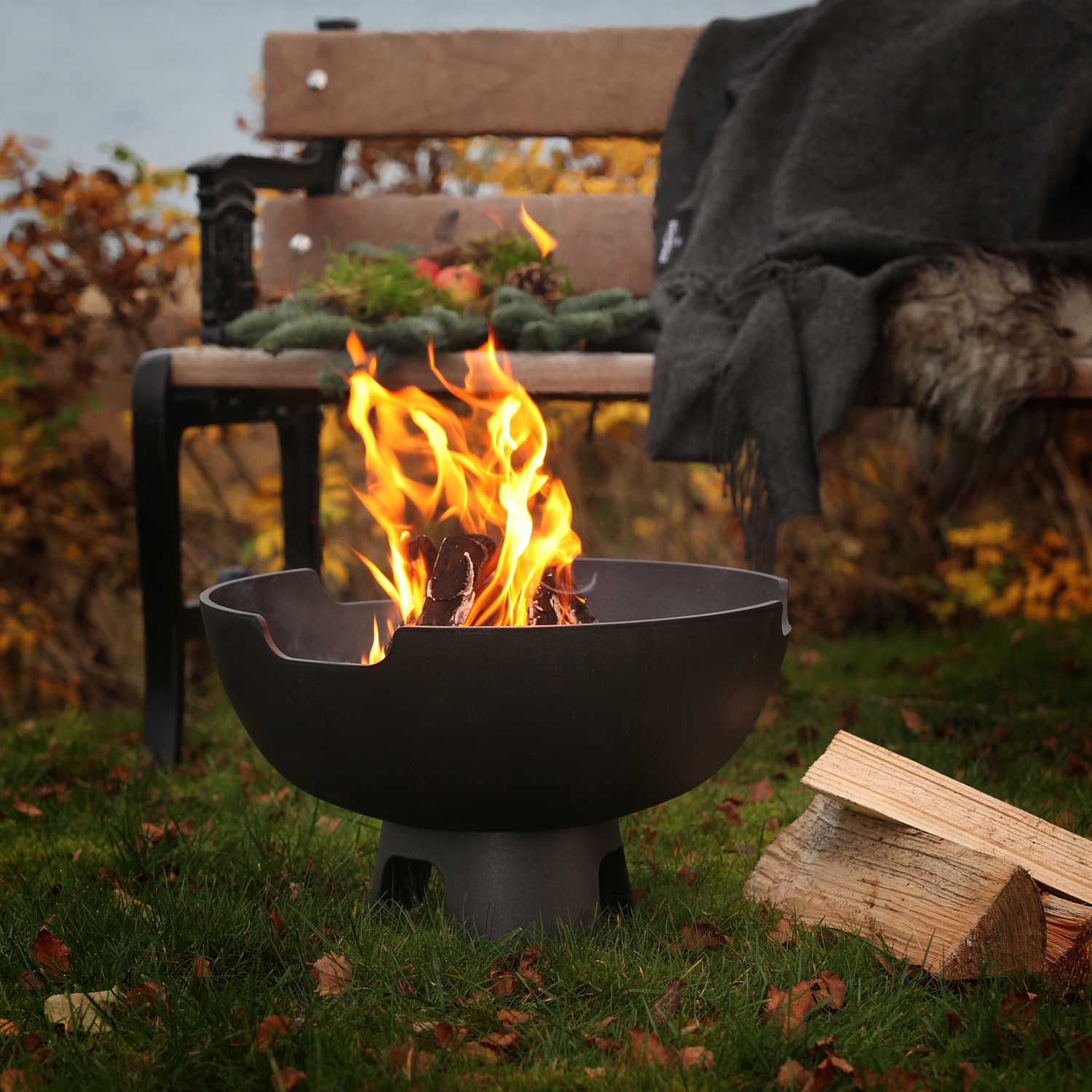
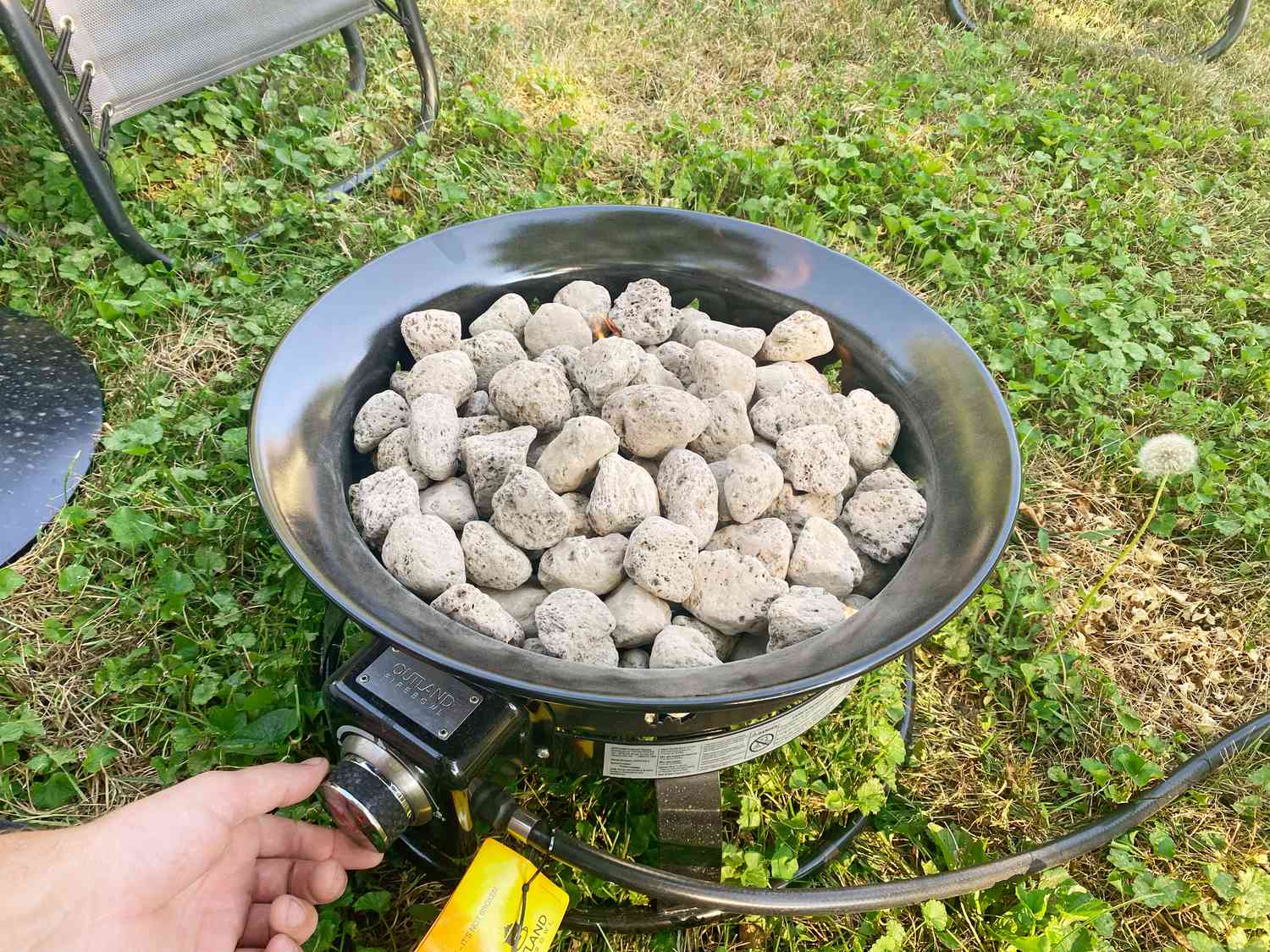
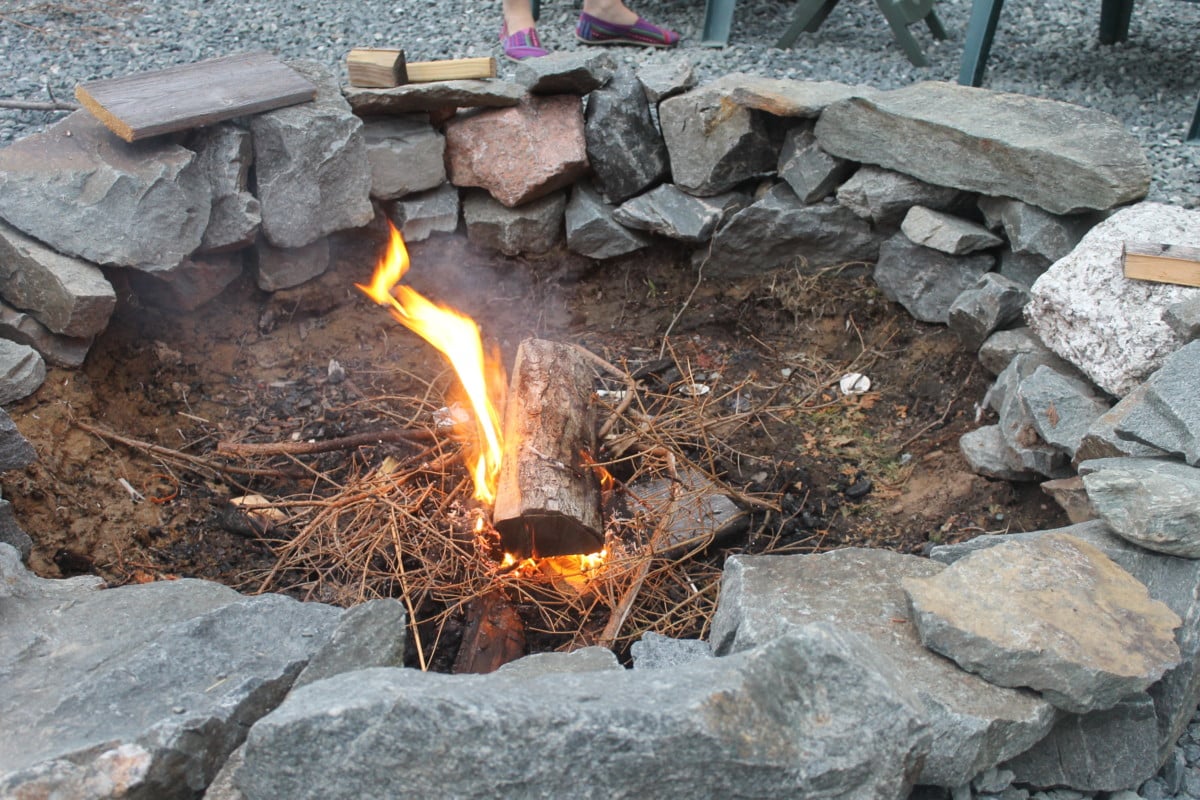
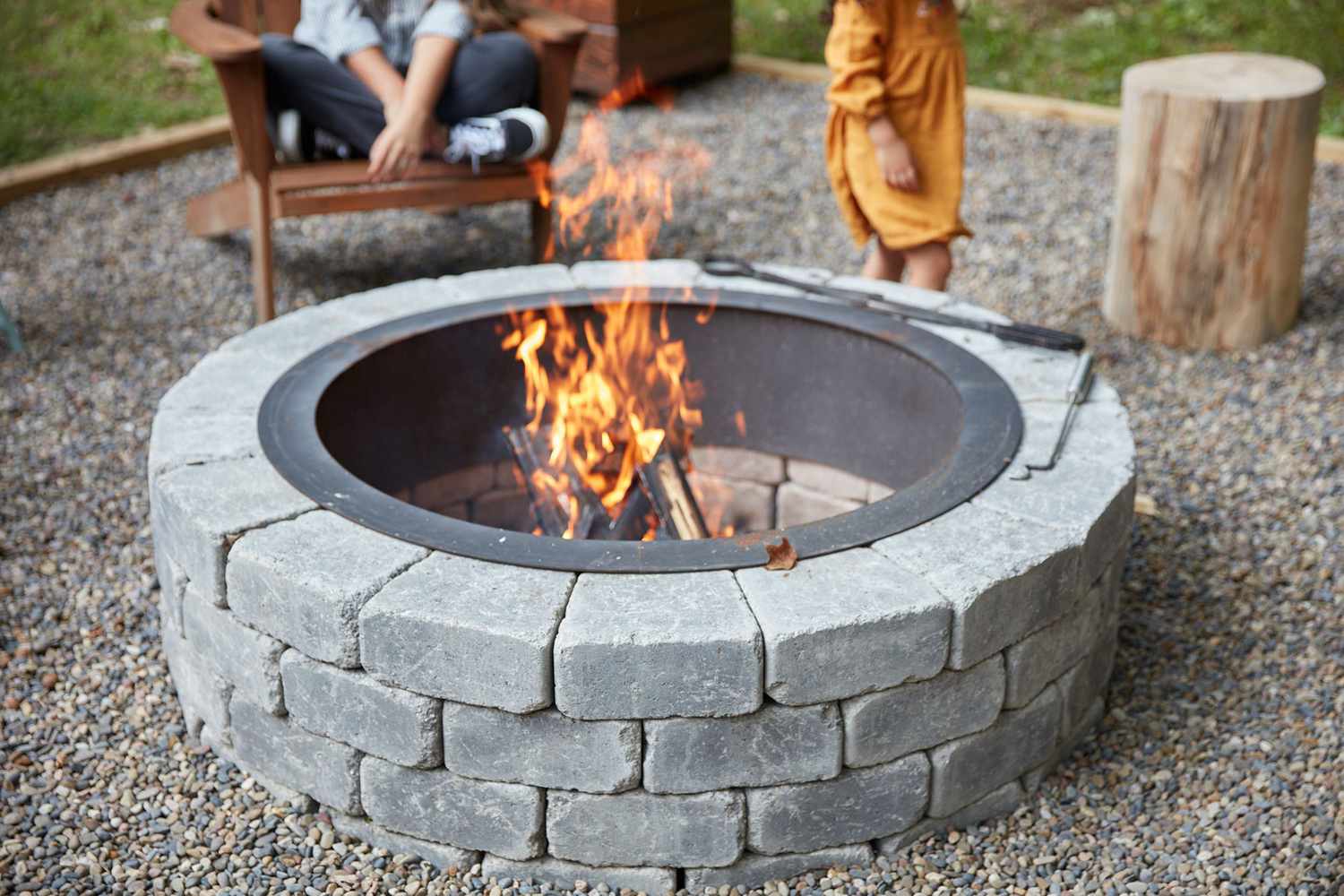
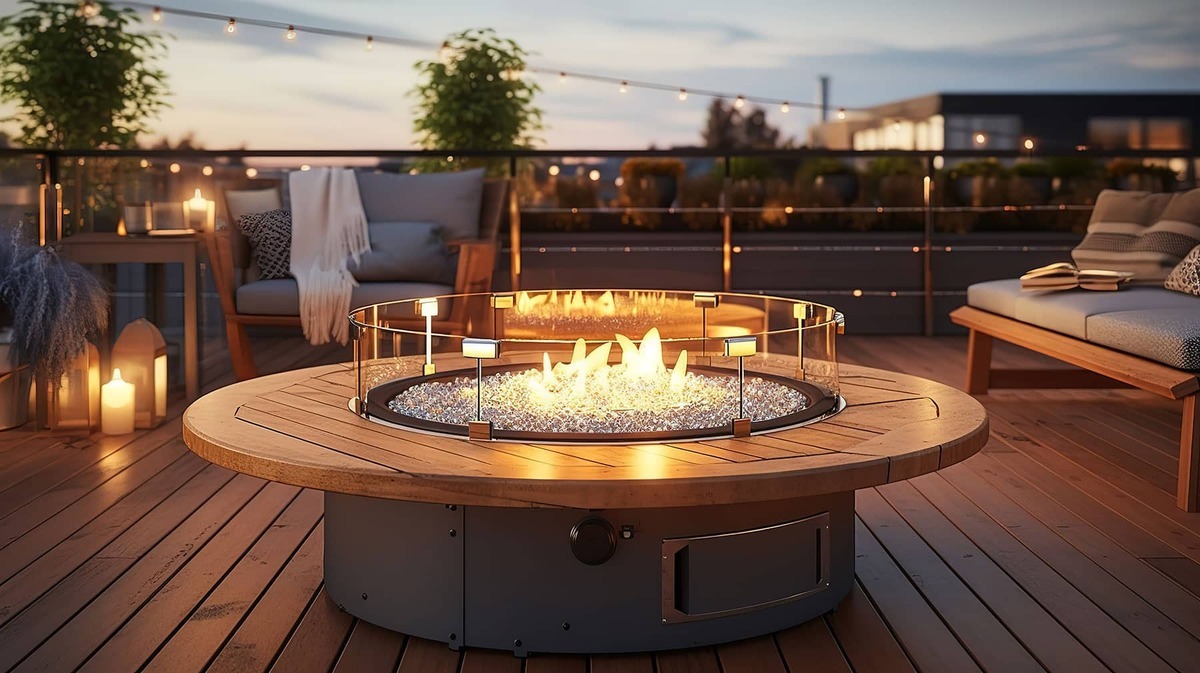
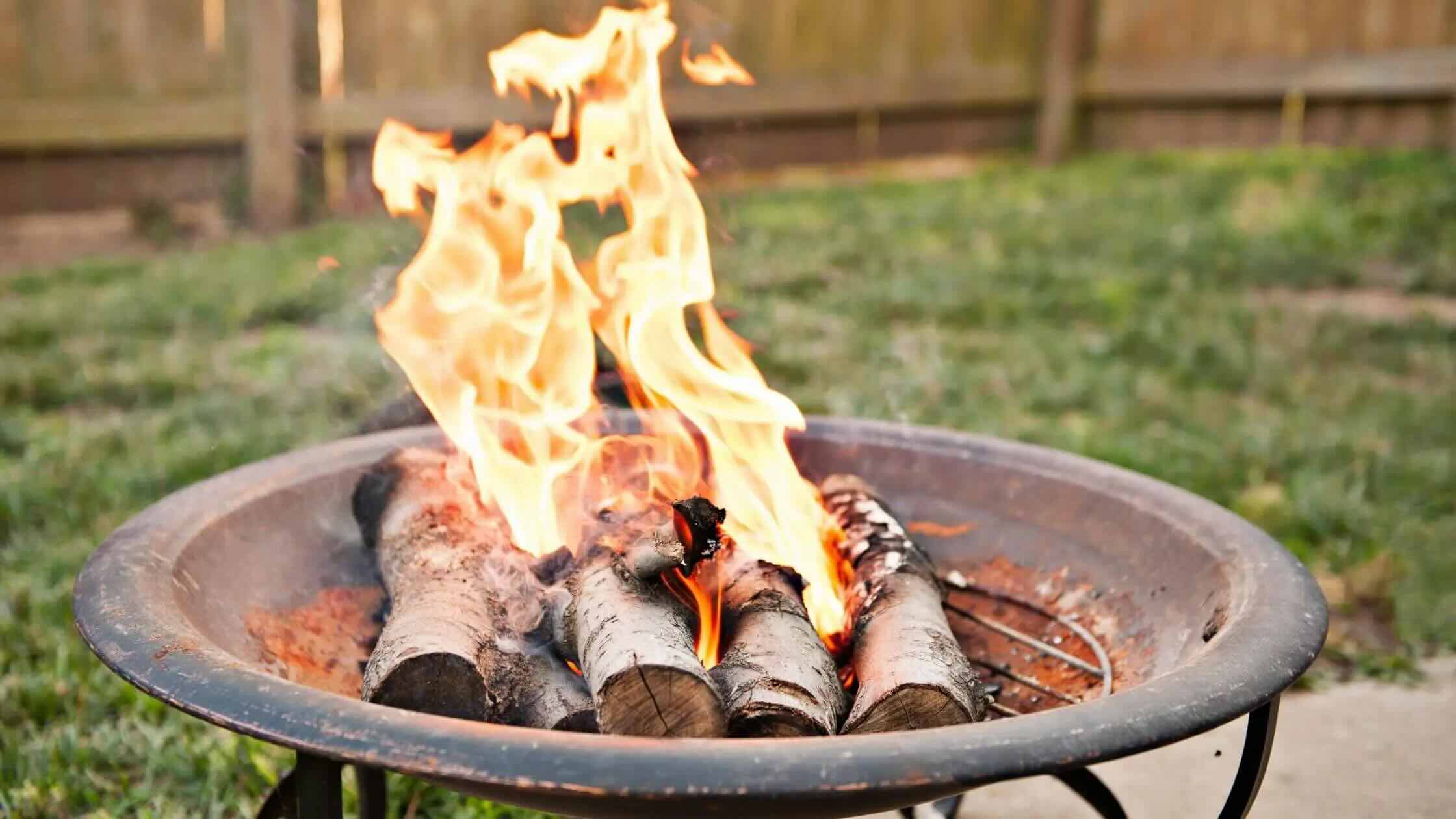
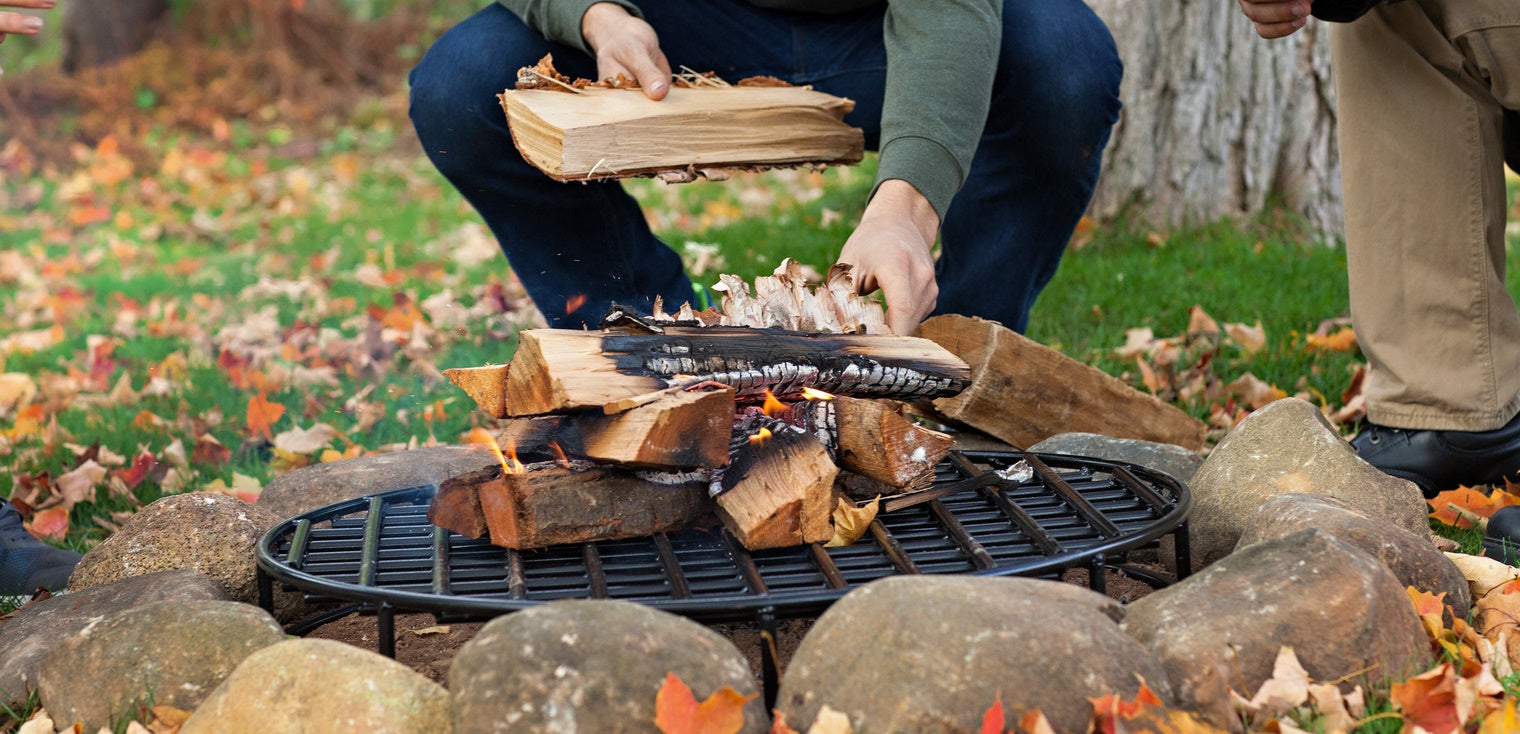
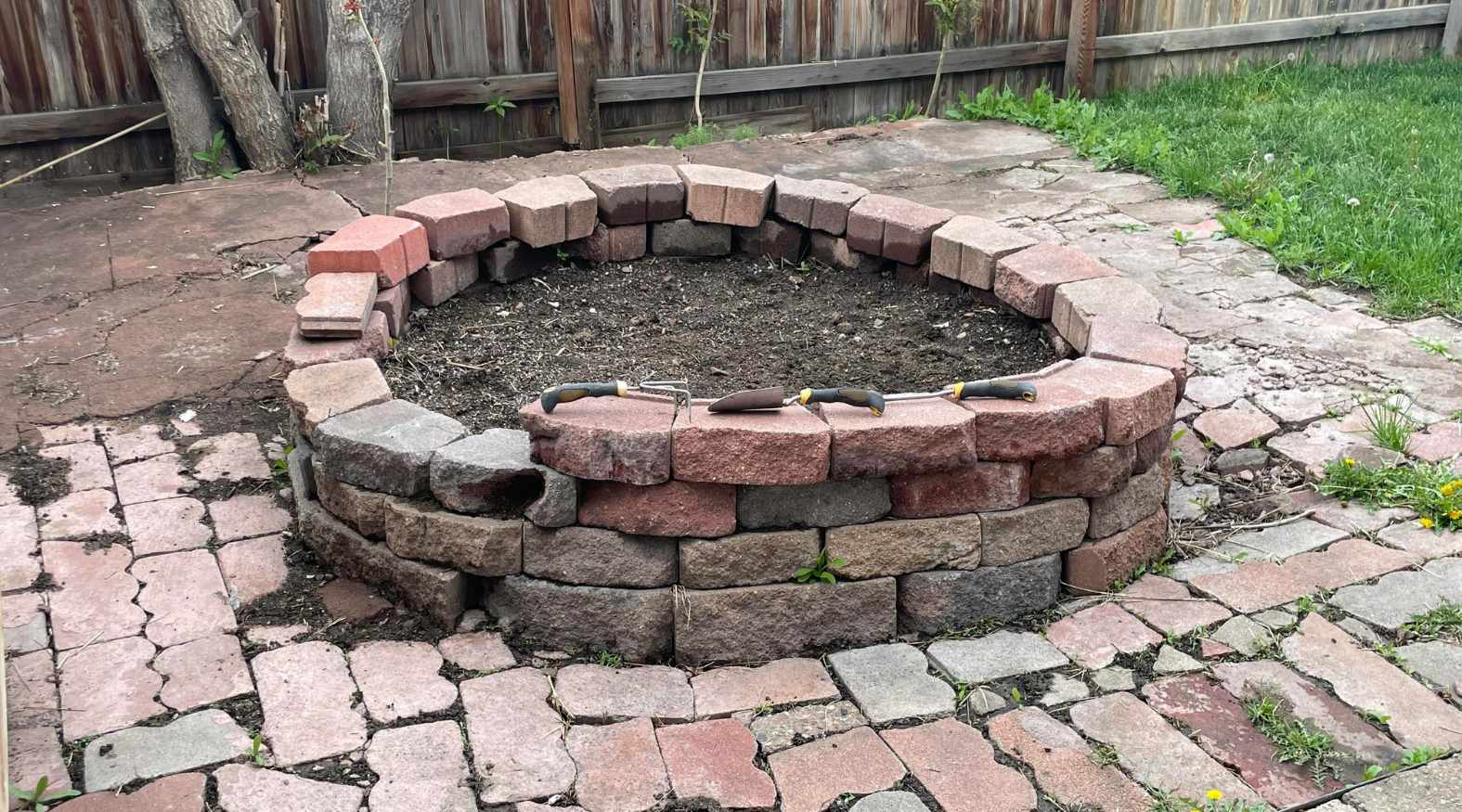
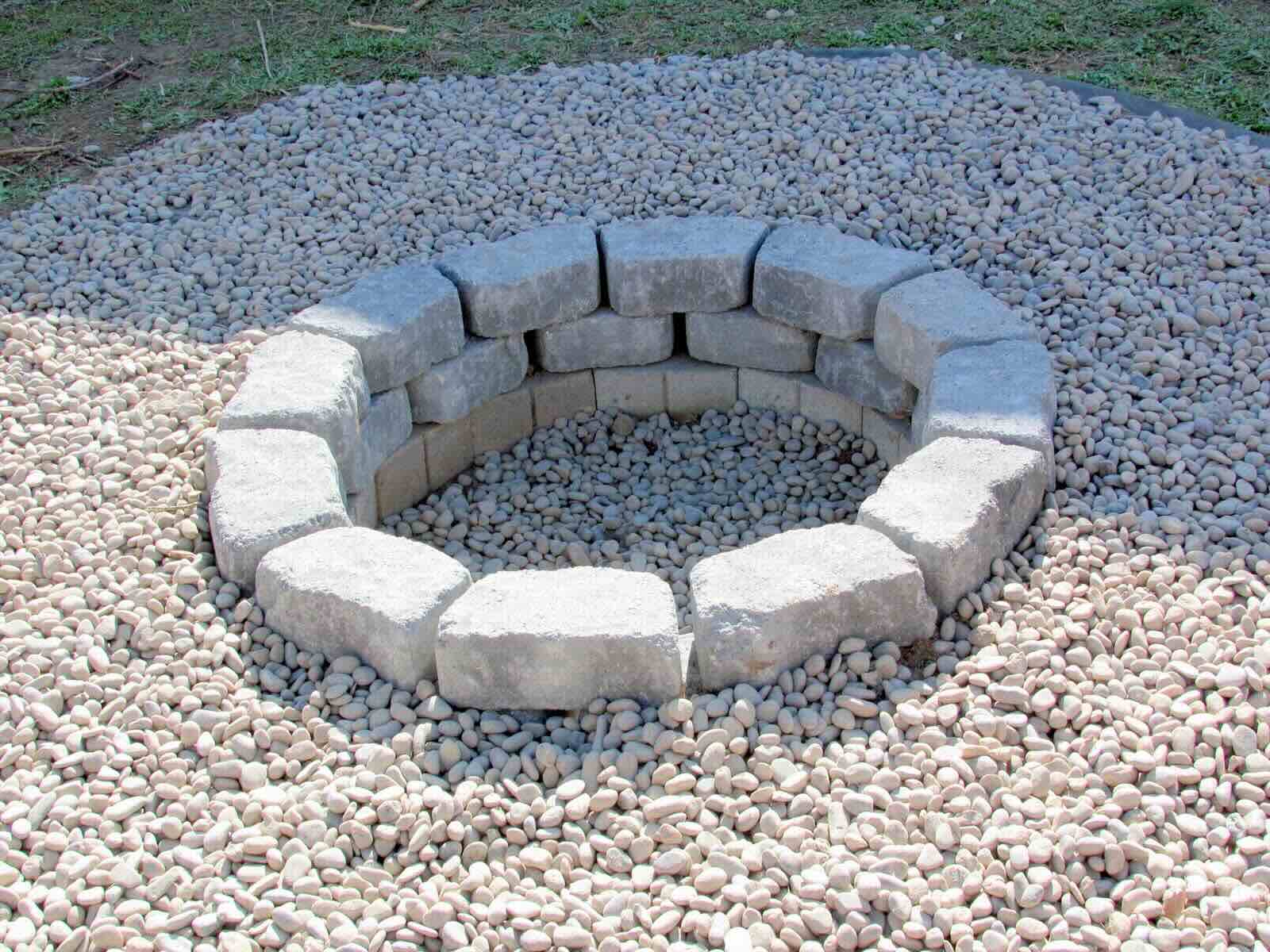
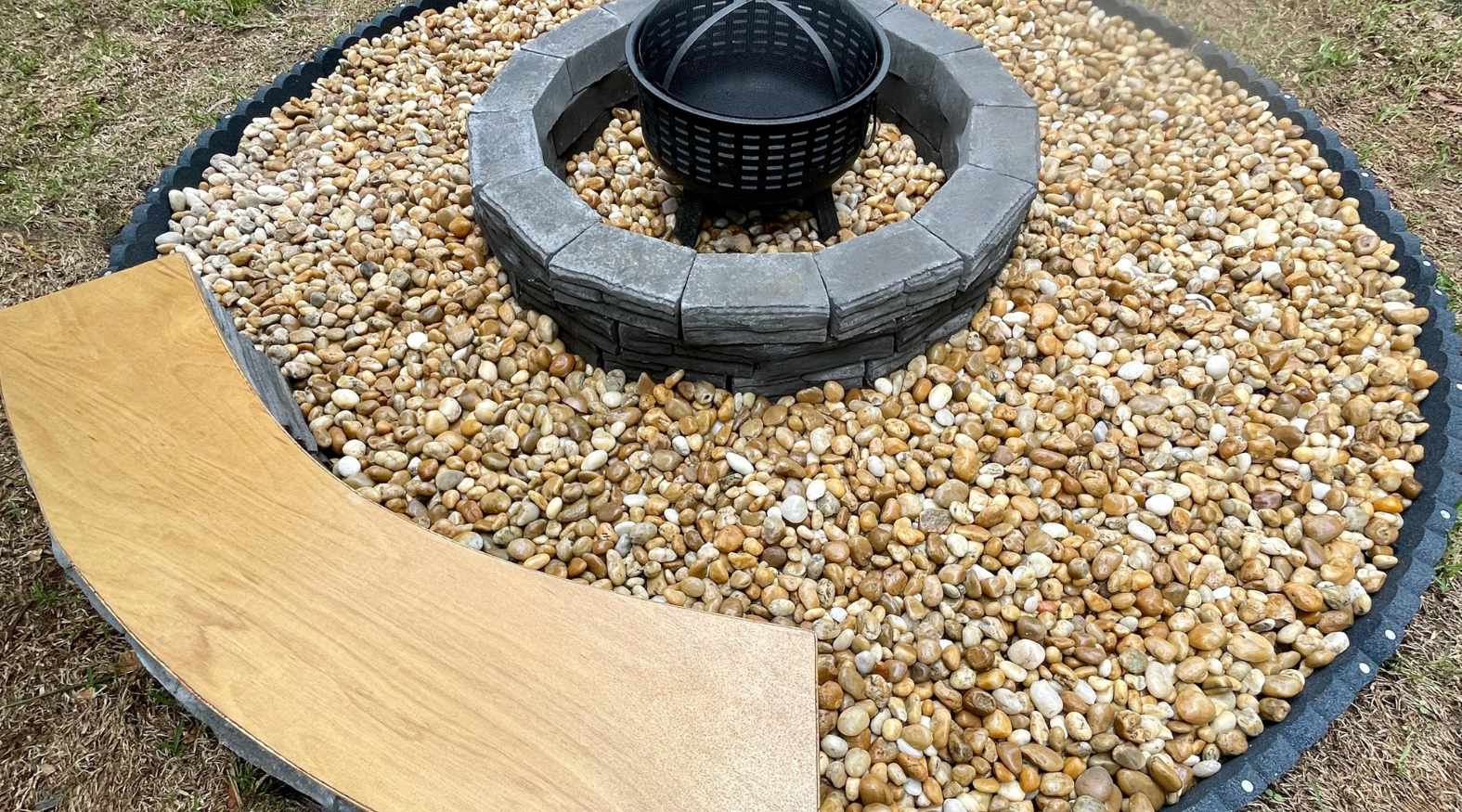
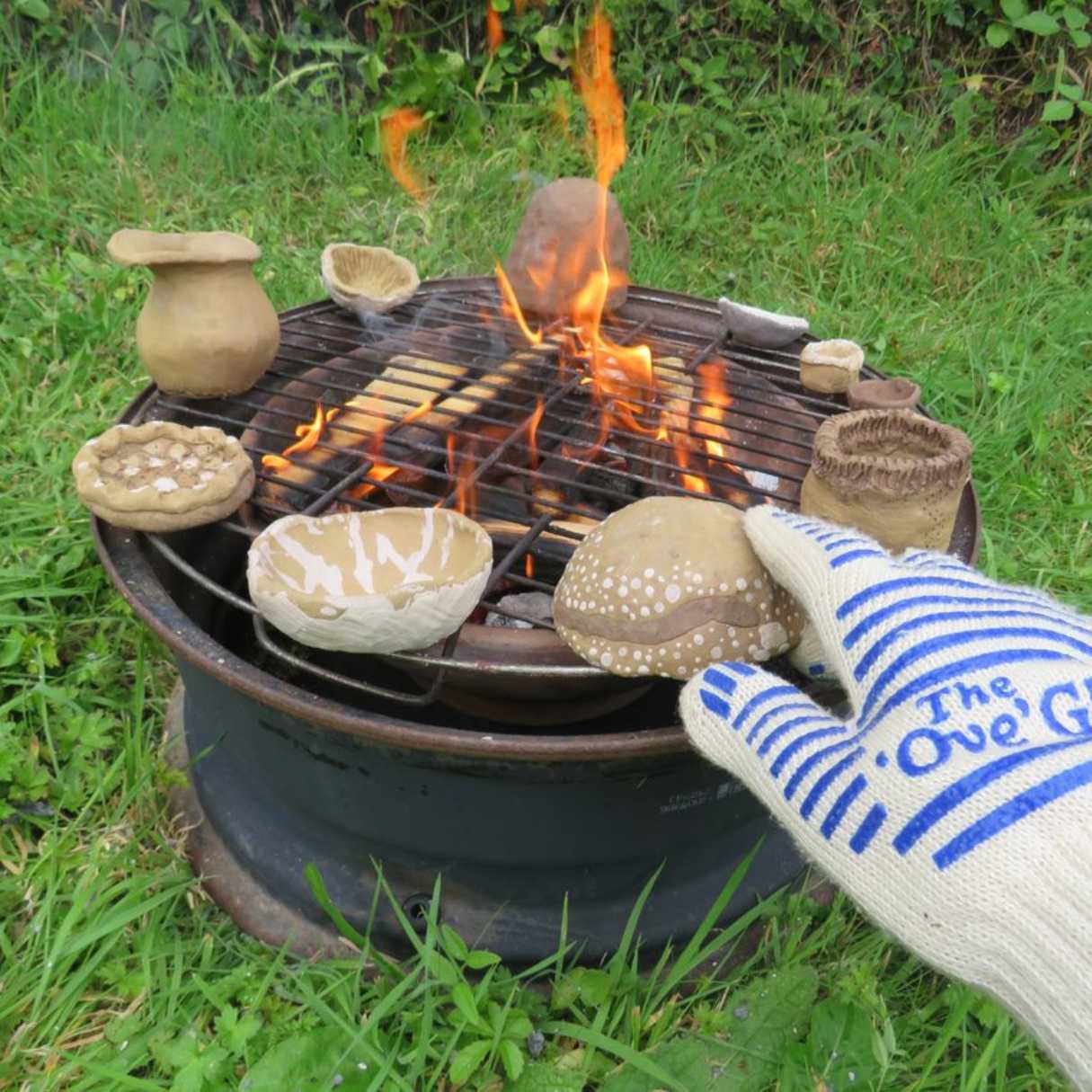
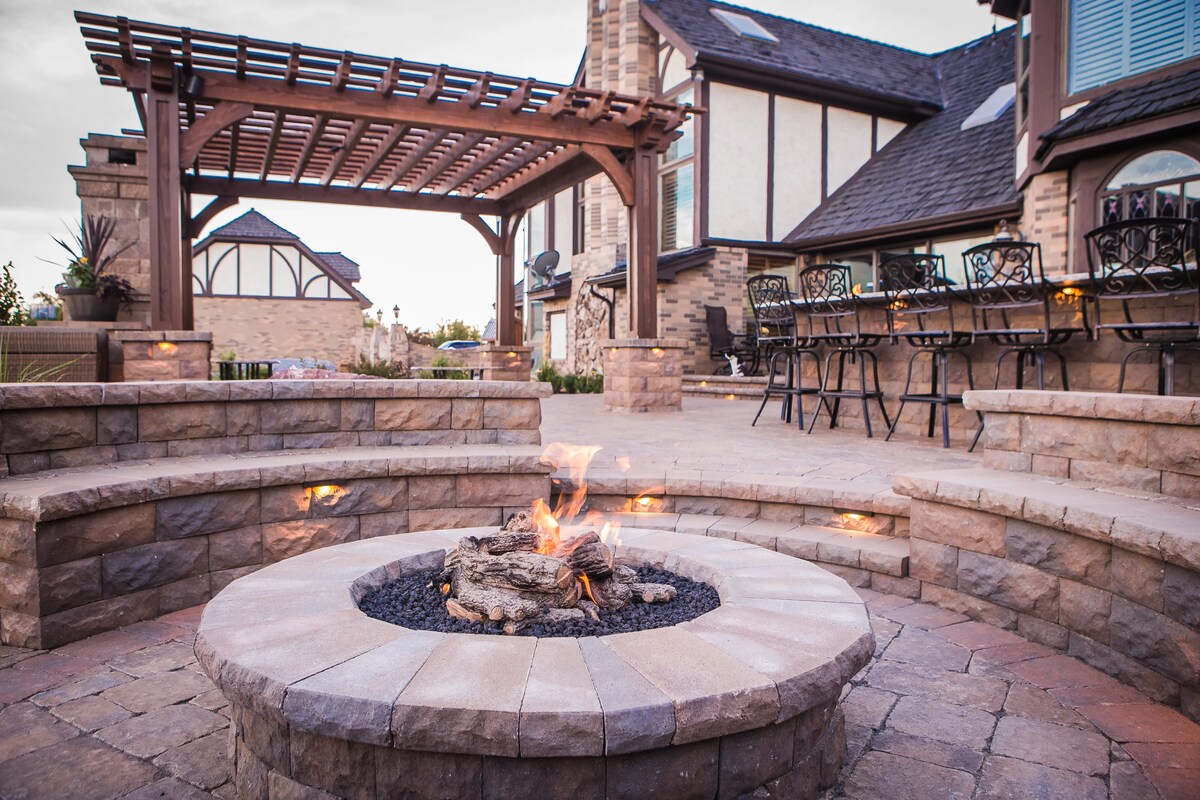

0 thoughts on “What Is The Best Material For A Fire Pit”